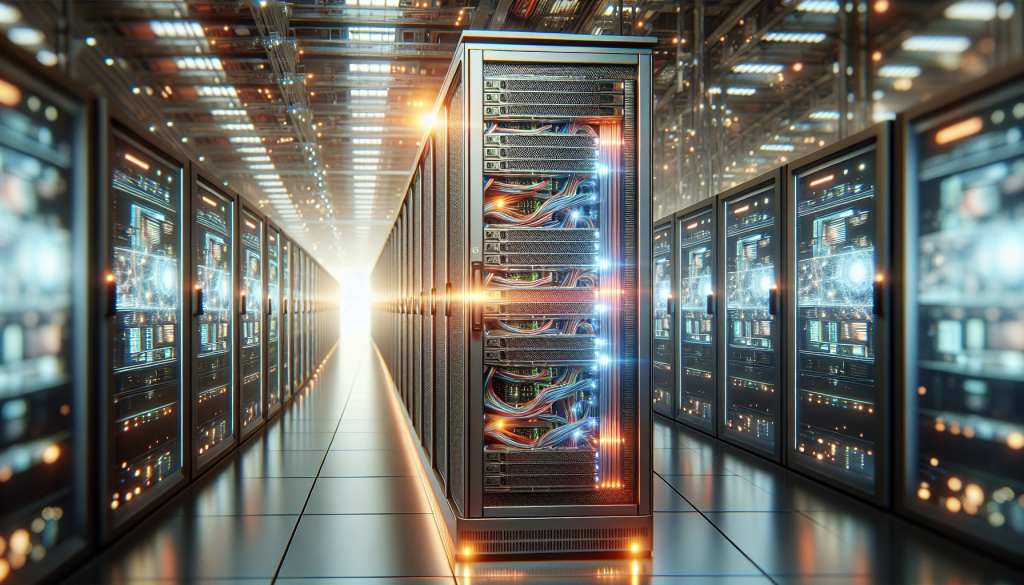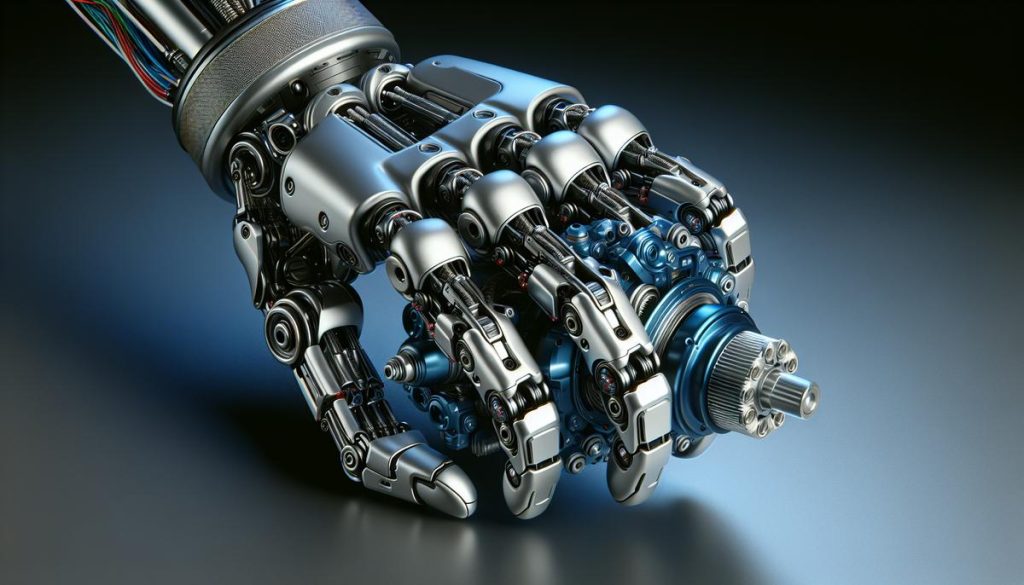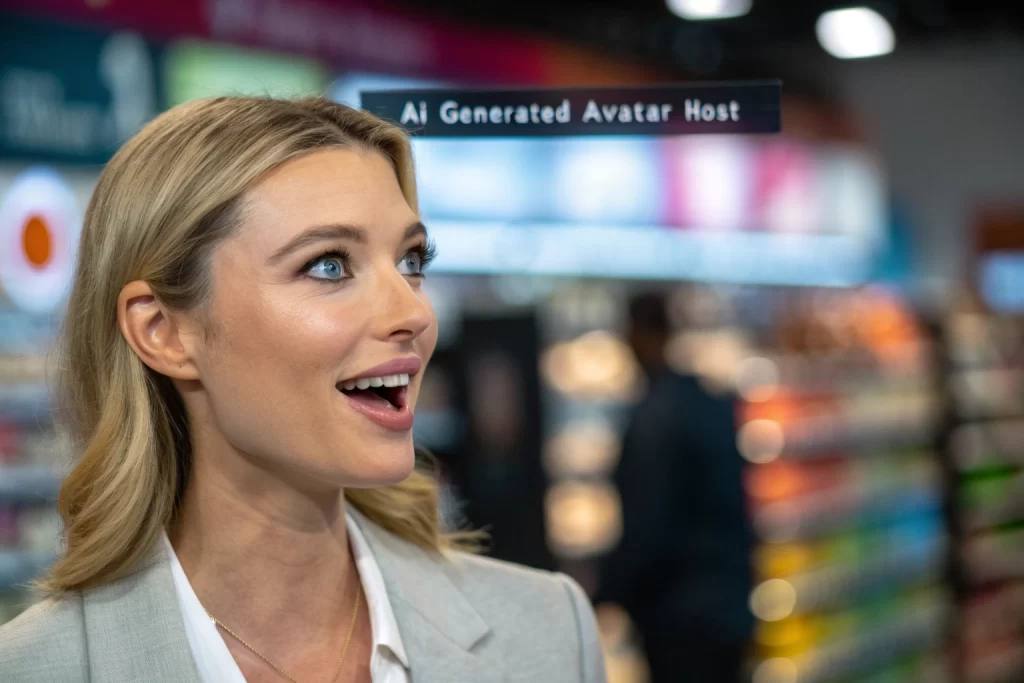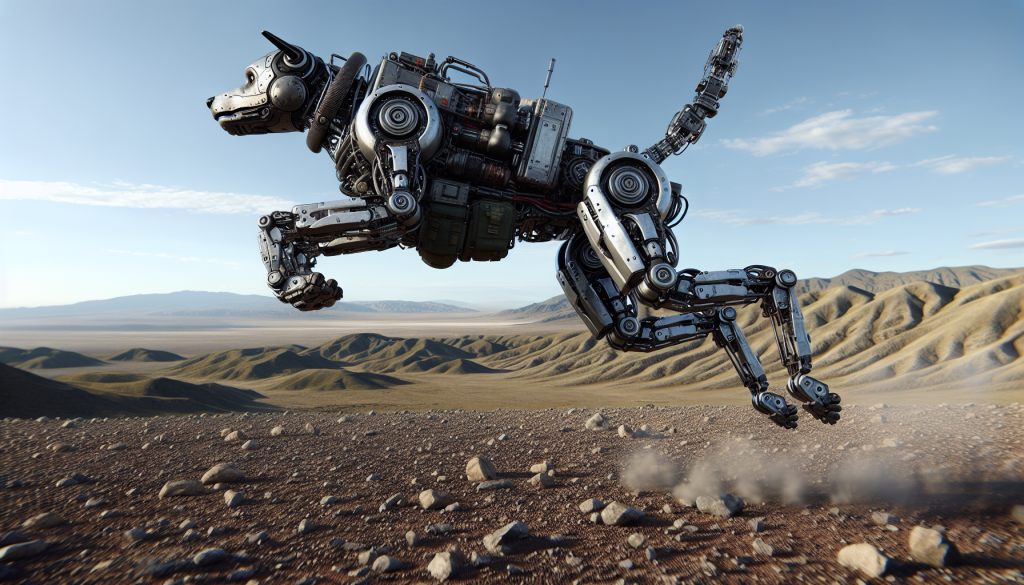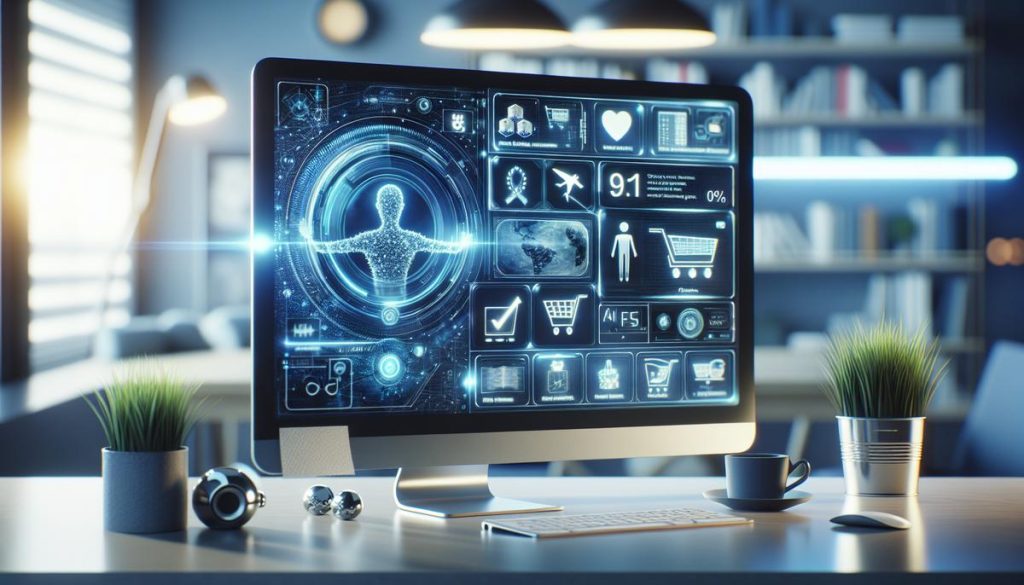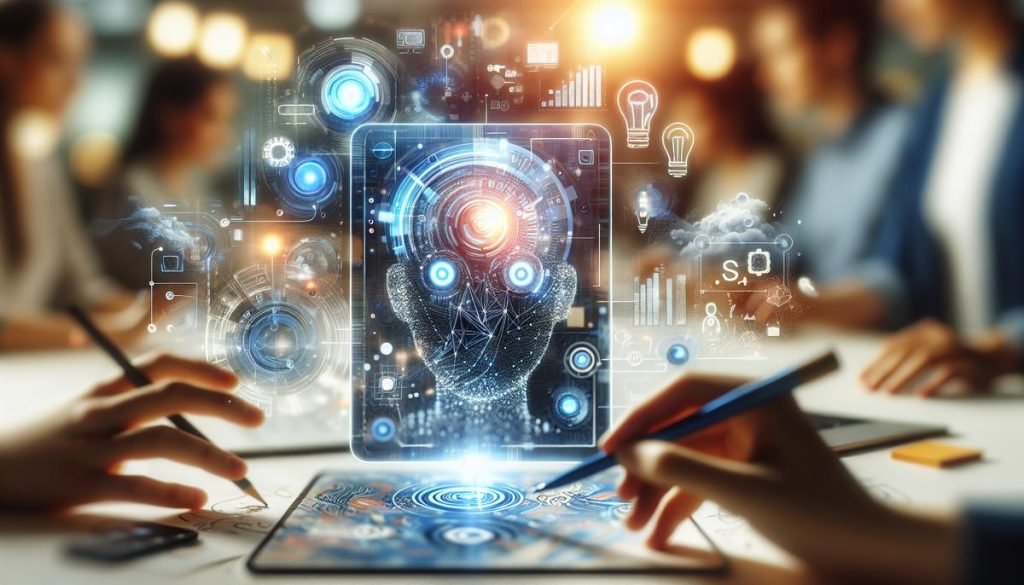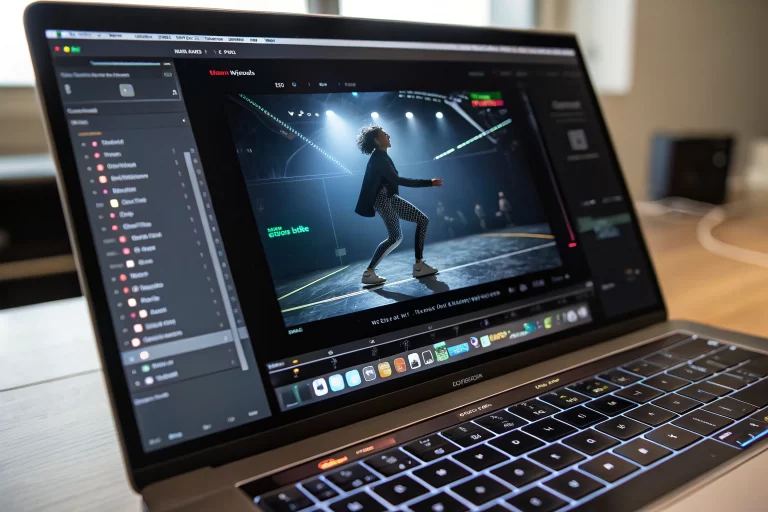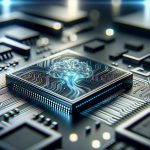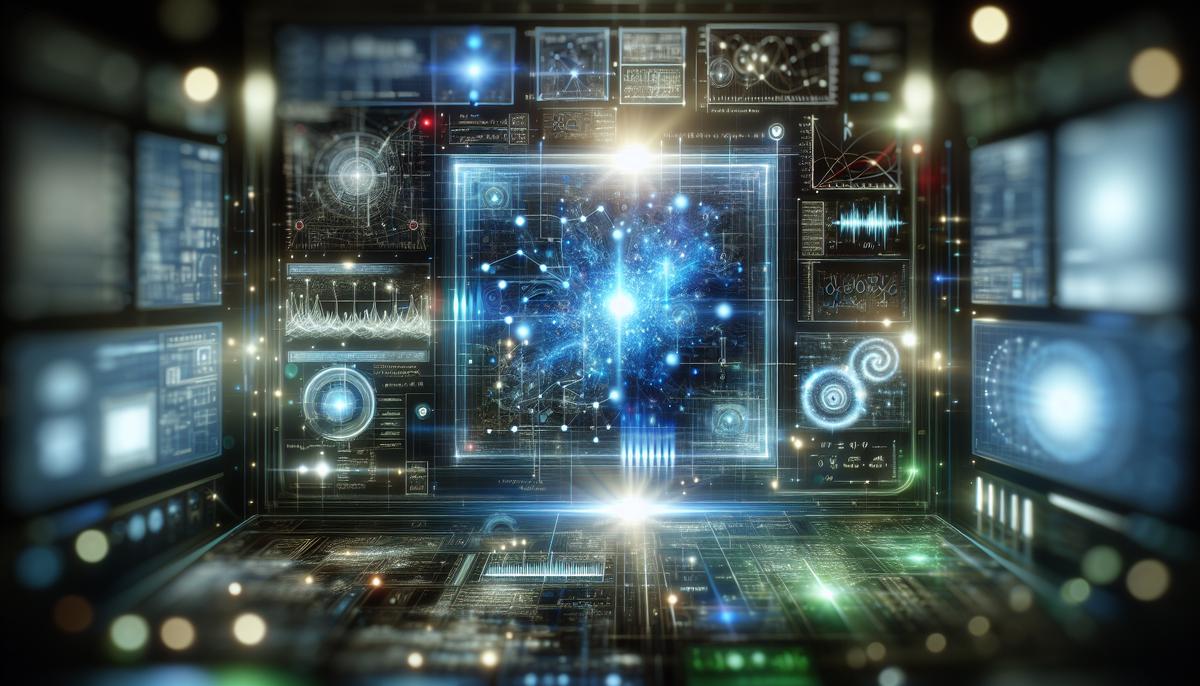
OpenAI Launches Advanced ‘o1’ Reasoning Model, While White House Forms AI Task Force to Boost National Capabilities
Share your love
OpenAI’s release of its new model “o1” marks a significant milestone in AI advancements, offering unparalleled reasoning abilities for PhD-level science and complex math tasks. Meanwhile, the White House’s AI Datacenter Task Force aims to bolster national AI infrastructure, focusing on energy, jobs, and sustainability. Google DeepMind showcases robotic dexterity with systems capable of tying shoelaces, while Hugging Face introduces Latent Navigation for seamless AI-generated image transitions. With new tools emerging and companies like Meta expanding AI job roles, the evolving landscape highlights increased demand for innovation and skilled professionals in artificial intelligence.
Table of Contents
- Exciting Developments
- OpenAI Unveils o1: A New ‘Reasoning’ AI Model
- White House Launches AI Datacenter Task Force
- AI Image Transitions with Latent Navigation
- Google’s Robots Master Shoelace Tying
- Five New AI Tools and Four New AI Jobs
- Conclusion
Exciting Developments
OpenAI Unveils o1: A New ‘Reasoning’ AI Model
OpenAI has launched a groundbreaking model called “o1.” This model boasts advanced reasoning capabilities and can mimic human problem-solving. Here are some highlights:
- Outperforms expert humans on PhD-level science questions
- Achieves impressive results on complex math problems
- Available in two versions for ChatGPT users
- API access comes with a sizable price tag
The potential applications for o1 could revolutionize domains like science and coding, enabling complex problem-solving that was previously thought unattainable.
White House Launches AI Datacenter Task Force
The White House is enhancing its AI strategy by forming a task force led by top security and economic councils. This initiative aims to:
- Advance the nation’s AI capabilities
- Create robust infrastructure for AI development
- Focus on energy usage, job creation, and environmentally sound practices
Recently, the task force convened with leading tech figures from major companies like Nvidia and OpenAI. This move signifies a shift toward maintaining the United States’ competitive edge in the AI landscape.
AI Image Transitions with Latent Navigation
Hugging Face has introduced an exciting new capability that allows users to create smooth transitions between AI-generated images. This system, known as Latent Navigation Space, utilizes:
- Text embeddings
- Fine-tuning settings
This innovation opens up new avenues for content creators looking to enhance their visual storytelling.
Google’s Robots Master Shoelace Tying
In a more playful development, Google DeepMind has unveiled two groundbreaking AI systems that dramatically enhance robot dexterity. These systems enable robots to:
- Tie shoelaces
- Hang shirts
While still a work in progress, these advancements represent significant strides toward creating smarter and more capable robots that can assist with everyday tasks.
Five New AI Tools and Four New AI Jobs
As always, exciting tools are being developed to streamline our work. Some of the new AI tools include:
- Audio overviews of documents
- Simplified video editing software
Additionally, major companies like Meta and Faculty are actively hiring for positions in AI. This is a clear indication of a growing job market within this ever-evolving field.
Conclusion
That’s a wrap for today’s updates! Be sure to stay tuned for more insights and developments in the world of Artificial Intelligence. As always, keep exploring and stay informed!
